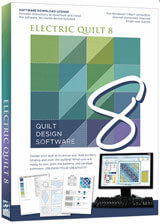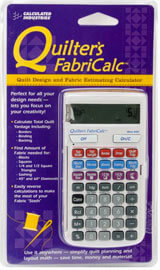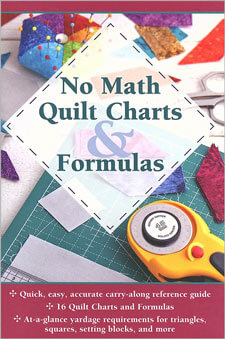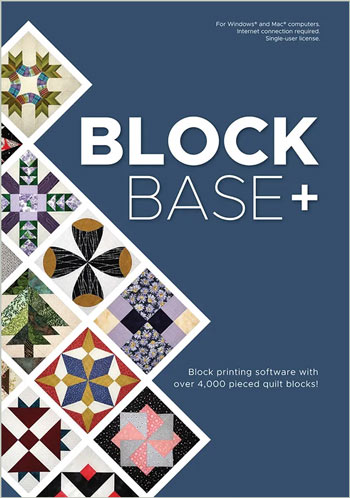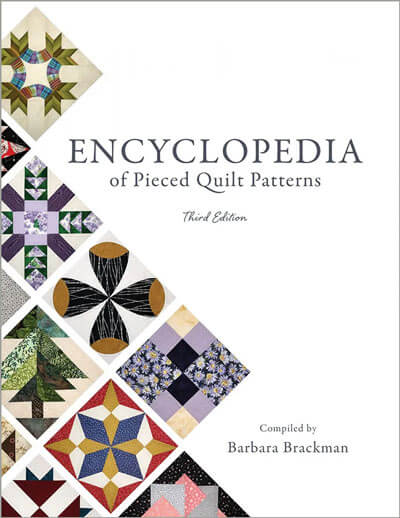- Home
- Quilt Sizes Recommendations
Quilt Sizes on Patterns are NOT Consistent
Don't assume a "queen size" pattern will fit YOUR queen size bed.
This post contains affiliate links, for which I receive compensation.
The quilt sizes listed on patterns are not consistent from one pattern
to another.
Designers follow no hard and fast rule (when determining the
finished sizes) that a large quilt should fit a bed nicely—i.e. that there is an even overhang off the sides, and it is both wide enough and long enough to cover the mattress.

What's a Quilter to do?
It all depends on who and what the quilt is intended for and...
...are you willing to adjust the block or sashing sizes and/or numbers to get the look you desire?
If it matters to you how your patchwork creation covers the bed because it's the focal point of the room, then you'll want to learn how to...
Calculate the Correct Sizes for Your Needs
If your patchwork is intended for a specific bed, you'll need some or all of the following information.
Don't worry!
We've got you covered!
There's a worksheet to print a bit further down this page to help you organize this information!
Specific Bed Measurements...
- Mattress Dimensions: Width and length. (For an online chart of standard US mattress dimensions, commercially made comforter and coverlet sizes, and pre-cut packaged batting sizes for King, Queen, Full, Twin and Crib sizes go to Standard Quilt Sizes and Mattresses Chart page.)
- Mattress Depth: Standard and older mattresses can be 8"-12" deep, while newer pillow top mattresses are generally 14"-18" thick or even more.
- Box Spring Depth: There may be no box spring if the mattress is on a platform.
- Height: From the top of the mattress to the floor
Determine the "drop" you'll need...
"Drop" is the portion of your quilt that hangs off the sides of your bed. Several things affect how much drop you'll need.
- Is there a dust ruffle or bed skirt? A coverlet drops about 3" below mattress bottom to cover the top of the dust ruffle.
- Will it drop to the floor? You'll need to know the bed height. A full length quilt drops to within 1/2" of the floor.
- Should the it cover the mattress and box spring? You'll need the mattress depth plus box spring depth plus a few inches for insurance.
- Is it a daybed? You may need drop only on one side.
- Is there a foot board? You may only need drop on the front edge.
- Will the pillows be tucked in or will you use pillow shams? Add an extra 10"-18" for a pillow tuck.
Many quilts are designed with borders on all four sides. Is this appropriate for your situation? Can you leave off the top border and add a row or two to make the quilt fit properly?
Many patterns don't include sizes that are designed with an even drop on the sides and bottom edge. If this bothers you, adjust the pattern before you cut and stitch.
Other things affect your finished quilt sizes...
- How dense will your quilting be? The more dense the quilting, the more the finished quilt will "draw up" or shrink. For dense quilting add an additional 5% to your drop calculations.
- Will you use a cotton batting to get the "puckered" look of an antique quilt? Check your batting to see how much it shrinks when washed and add that back into your drop calculations.
- Is there a medallion or central design that you want centered on the top of the bed? If this central design doesn't fit properly on your bed, can you alter the quilt pattern to fix this problem?
To make it easier for you...
We've prepared a worksheet or "cheat sheet" for helping you estimate the finished size quilt you'll need to fit a specific bed.
Right-click to download a PDF file of our Worksheet for Calculating Quilt Sizes.
If you need to adjust the sizes of your blocks, check out our instructions for using a proportional scale (you'll be able to print one from that page).
Tools to make quilt designing easier...
Click any image for more information, reviews, and pricing.
